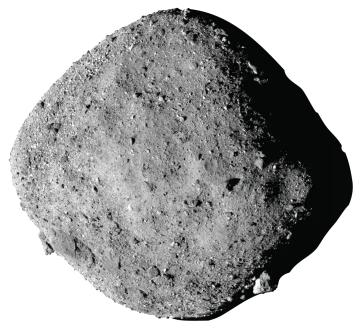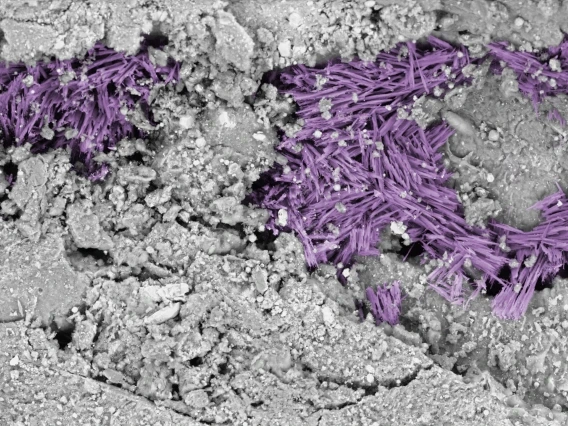OSIRIS-REx stands for:
Origins, Spectral Interpretation, Resource Identification, Security-Regolith Explorer
Led by researchers in the University of Arizona Lunar and Planetary Laboratory, OSIRIS-REx is the first U.S. mission to collect a sample from an asteroid and return it to Earth for study. The surface material will be the largest sample collected from space since the Apollo moon landings in the 1960s and 70s and will help ensure that the University of Arizona remains at the forefront of planetary exploration.
OSIRIS-REx mission launch: September 8, 2016 Sample return: September 24, 2023

Why was the University of Arizona chosen to lead?
The University of Arizona mapped the moon before the space race began, which allowed the United States to put a man on the moon. Since then, we have been involved in nearly every planetary mission with NASA.
The University’s late Michael Drake and principal investigator Dante Lauretta began talking about a potential asteroid sample return mission in 2004. It took us seven years to convince NASA to fly this mission!
Why was Bennu chosen?
Bennu, a near-Earth asteroid whose makeup may record the earliest history of our solar system, is classified as a carbonaceous (carbon-rich) chondrite. Scientists believe it to be rich in organic molecules, which are essential to life. During extensive, up-close surveying between 2018 and 2020, the spacecraft's instrument suite discovered that it contains significant amounts of hydrated – or water-rich – minerals.
This means Bennu may contain the molecular precursors like other asteroids that came into contact with our planet in the past and that gave rise to the origin of life and Earth's oceans.
Bennu is also one of the more potentially hazardous asteroids, as it has a 1 in 1,750 probability of impacting the Earth late in the 22nd century.

Behind the names
When it came to the name OSIRIS-REx, Dante Lauretta was doodling on a pad trying to capture the themes of the mission. Also a mythology buff, he found similarities with the ancient Egyptian god Osiris who may have been one of the first pharaohs. Michael Drake agreed; the name Osiris made sense.
REx, for Regolith Explorer, was tacked on later. “Rex” means “king” in Latin.
The asteroid Bennu was named when nine-year-old Mike Puzio from North Carolina won the international student contest. He imagined the Touch-and-Go Sample Mechanism (TAGSAM) arm and solar panels on OSIRIS-REx look like the neck and wings of Bennu, which Egyptians often depicted as a gray heron.
What’s Next?
Launching Generations of Science
Bennu is made from the material left over from when the planets formed over 4.5 billion years ago. By collecting a sample of this ancient, pristine material and bringing it back to laboratories on Earth, we hope to answer questions like:
- Are we alone in the universe?
- How did our oceans form?
- How do we prevent an asteroid-Earth collision?
- Can we use asteroids to fuel future missions?
After the sample landed in the Utah desert, it was then transported to a new lab specifically built for the material at NASA’s Johnson Space Center in Houston. The University of Arizona leads the science team that includes collaborators all over the world. This group received 25% of the sample. The rest has been curated and preserved for use by the broader scientific community, including future generations of scientists who will be equipped with new questions and more advanced technology.




